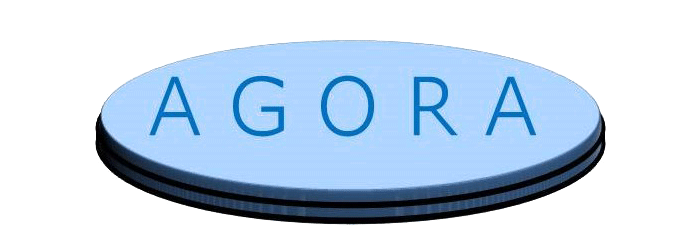“In part 1 of my article of give and take – I covered the issue of characteristics of individual behaviour of people in the way they cooperate with others, be they colleagues, customers or suppliers. There are four different groups – the ‘over-generous’, the ‘giver’, the ‘barterer’ and the ‘taker’. As it was already said, research found out that ‘givers’ are statistically the most successful people in business life. If we look at the aviation industry this result might come as a surprise as it is often said and told that the tougher you are, the better it is! But is this really the case? Having a quick look at theory again the prisoner dilemma game offers interesting insights. The prisoner dilemma is a so called non-zero-sum game as the players can influence the outcome by the way they play. In it, two delinquents are offered the same deal. If both confess to their crime, they each face ten years in prison. If one stays quiet while the other confesses, the confessor goes free and the other fellow faces a lifetime in prison. But if both stay dumb, they get away with just one year behind bars. There is only one stable outcome to this game – both confess! If you keep quiet, hoping to get away with a minor conviction, you can never be sure that the other culprit will confess. And this would end you in prison for a lifetime. The dilemma is that if only they could find a way of cooperation, coordination and mutual trust then they could both make themselves better off. We could translate confession with cooperation. If they cooperate, they can alter the outcome in a way that maximizes their result or ‘cooperation yield’ as I called it last time. And just consider what happens if you play this game more than once (although I do not want to say that we are notorious delinquents). If you play this type of game recurrently, the best strategy to apply is the tit-for-tat (TFT) strategy, thereby starting with a cooperative offer (confession) and then mirroring the steps taken by the other player. This strategy and this behaviour is exactly the way the ‘giver’ is acting in real life! At the beginning of each transaction he/she offers a helping hand. If this offer is benevolently accepted and reciprocated by the vis-á-vis then they have found a basis to deal with each other that is beneficial to both. If the other party is deviating from this path the ‘giver’ is paying this behaviour back in kind. And he/she sticks to it, as long as the other party is sticking to this way of dealing with each other. The interesting feature of the TFT strategy is that the other party gets a clear picture of what to expect from the vis-á-vis based on its own actions. The party that deviated from a cooperative approach can thereby influence the relationship. What is extremely important in the TFT strategy is the fact that there is hope that once you realised that non-cooperative behavior leads only to conflict and poor results you can change course and can expect that the other party appreciates this and starts to cooperate as well.
Let me stress that TFT is something that comes natural to us. TFT is deep rooted in the ethics of people. It is the way children start to play with each other. Another strategy is the so-called GRIM strategy. In it the player also starts friendly by cooperation. But if the other player deviates only once from cooperation, the first player will retaliate perpetually. In contrast to TFT there is no return to cooperation if GRIM strategies are applied. This strategy can be attributed to the ‘taker’. Players that apply GRIM strategies often consider themselves as being in the stronger bargaining position imposing their will on the other. It might occur to us that GRIM strategies are a common feature in the dealing between airlines and GSPs. It all starts kindly and polite, but very soon there is just haggling with little room for cooperation. The last months were full of promises that after the pandemic cooperation is the way to dealt with each other to manage the crisis. It remains to be seen if actual deeds follow the promises.”
A little give and take part II
posted on 2021/05/19 | Tags: game theory
A tit-for-tat strategy that opens with cooperation and banks on your opposite number mirroring the goodwill or going to the negotiation table with a GRIM outlook?

